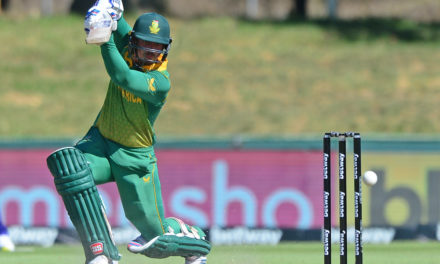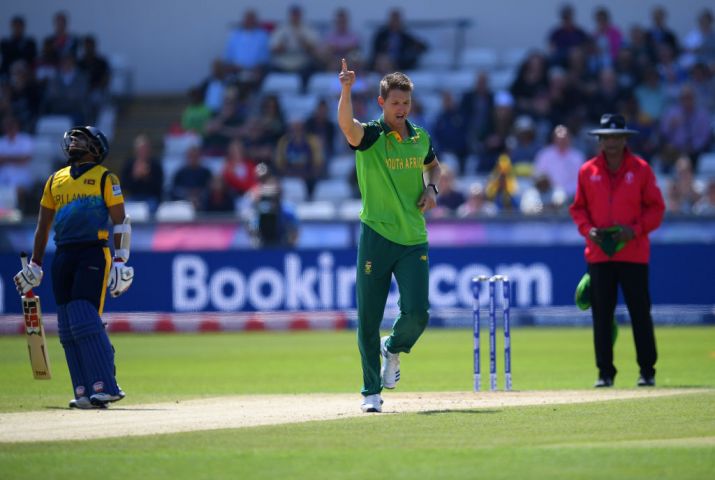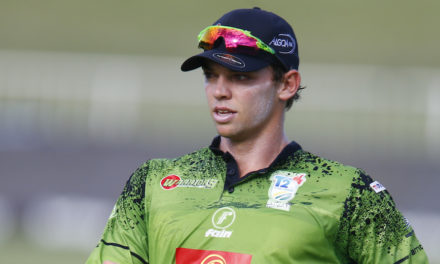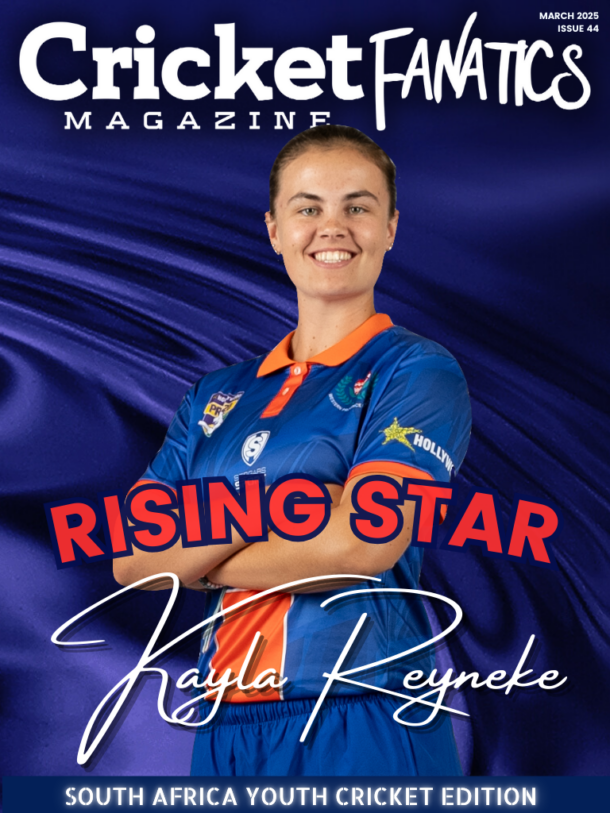With England setting the standard of how white-ball cricket should be played, is it important to follow their example by having a fixed brand of cricket? asks Khalid Mohidin.
In football, we often hear pundits and fans talk about the “brand of football” that teams play. We hear statements like: “we don’t care if we lose, as long as we play entertaining football.” And when you look at successful teams in the last 20 years, they all played different styles during a dominant period. The great Barcelona sides played a possessive-based “tiki-taka” football, while the great Manchester United teams played an attacking wing-based style.
The current Liverpool side plays a high pressing and fast-paced direct style of football, which has the World drooling at the opportunity to copy the “Jurgen Klopp way.”
Cricket is a different type of sport. It’s more about individuals, within a team dynamic. But what has become more clear when I go back into the archives to see what dominant lineups looked like in the past, there seem to be parallels. Teams who have players with natural-born attacking talent, tend to succeed.
This may be something the Proteas need to take note of during their rebuilding phase.
When Ottis Gibson came into the role as Proteas coach, there was a massive emphasis on the brand of cricket the Proteas played.
The players and the coaching staff were consistent in mentioning that the brand they aimed for was an “attacking brand”. I sat in all home press conferences thinking “at what cost?”
We saw Proteas players come out swinging instead of playing sensible cricket. Players, who don’t have a natural attacking flair in them, attempted to add urgency to their game and as a result, lost their wicket cheaply. `
It was clear the Proteas’ attempt to enforce a style on the players they had, rather than attempting to pick players according to the style they aimed to play, was their downfall. They failed miserably, as our batting woes deepened.
When I asked Mark Boucher back in December about whether the Proteas will be attempting to play a certain “style” of cricket he said:
“With regards to style, I’m not here to reinvent the wheel. The players we select will have their own style of playing, and they need to work it out for themselves as well.
“We are here to add a lot of value, provide enough information as possible and create a nice environment for them to play and do their best. If we can do that we heading in the right direction.”
We saw this being implemented in recent times, especially with the selection of Temba Bavuma who has naturally fitted into the anchor role at the top of the order in ODI and T20I cricket. The evidence has been similarly there with the selection of Rassie van der Dussen, who seems to understand his game so well that he adapts according to the match situation.
Analyzing the way the Proteas play right now, there seems to be no set style. The players are given the freedom to think for themselves and adapt to the situation in the middle.
Now, it is up to the coaches to decide on picking the best squad with the correct mentality to produce performances consistently. They must find combinations of players that complement each other and bring the best out of each other.
With the Proteas Women side, they have decided to stick to a particular brand, as Dane van Niekerk has openly said during the pressers at the T20 World Cup. Before they played England she said: “We want to stay true to our brand of cricket.”
The ladies made it their mission not to focus on the opposition and rather to focus on their own strengths. They focused on picking a balanced side of players who know how to consolidate an innings as well as play an attacking role, with one or two sloggers sprinkled in between.
When it comes to modelling a team in World Cricket, we don’t need to look further than the 2019 World Cup champs. They comfortably beat South Africa in the T20 series, and Eoin Morgan in his pre-series presser gave the ideal “style” which they would like to play and how star players – like Ben Stokes and Jos Butler – fit into that mould.
“They play their own way,” said Morgan.
“Within the framework of our game plan – which is playing positive, aggressive, smart cricket – I think leaves a lot of creative imagination and individuality for guys to play their own way and make their own decisions. Until that changes and doesn’t suit us, we sticking to that.”
My question to all the Cricket Fanatics out there is: How important Is it to have a particular brand or style of cricket?
I believe that picking players who are comfortable with their personal gameplan is the key to building a successful team. It’s also important to pick players who compliment each other in pairs, no matter what the match situation is.
However, finding a full XI like that is extremely hard to find.
So let me know what your thoughts in the comment section.
Photo: Samuel Shivambu/BackpagePix











